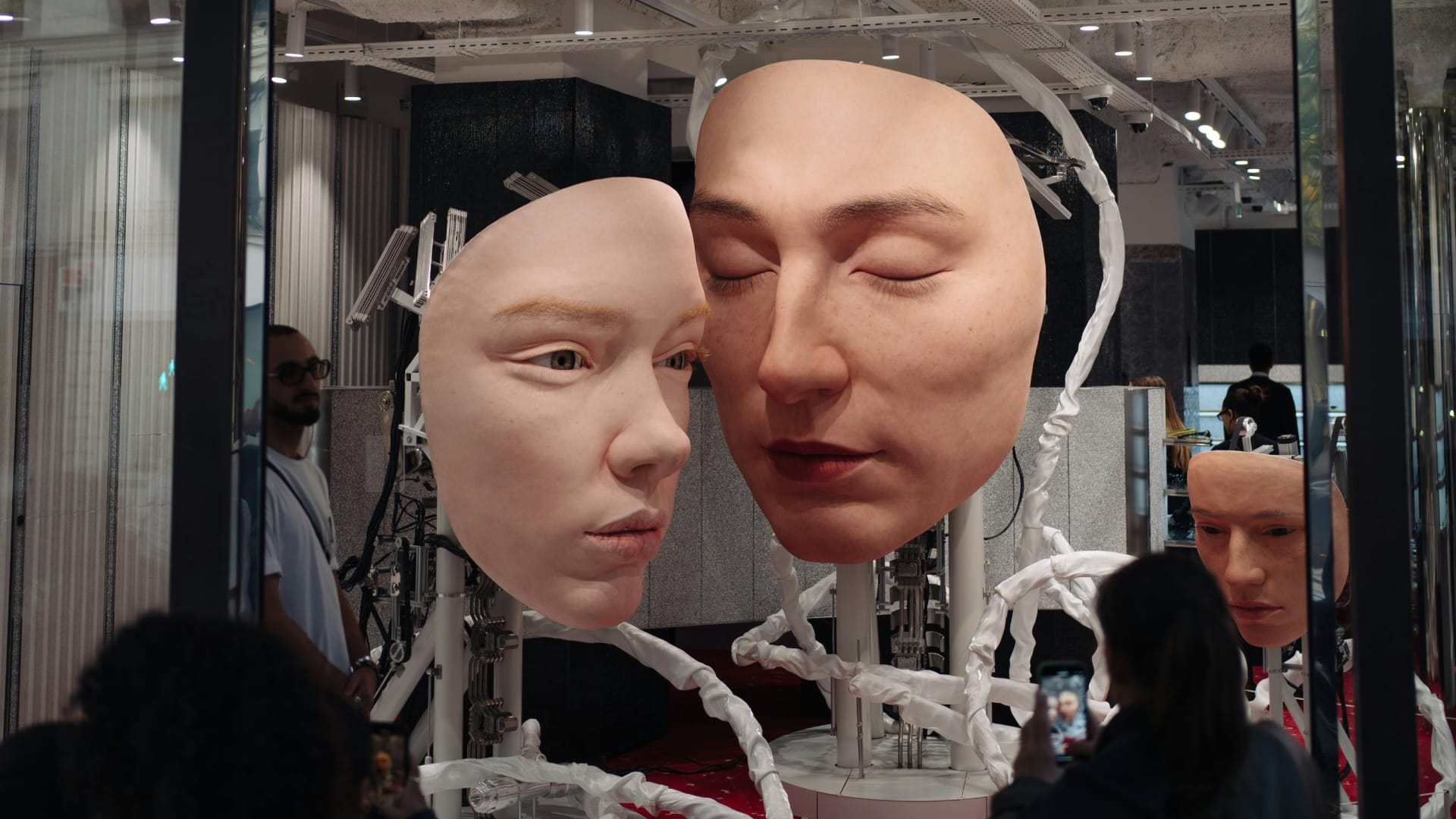
It’s a well-worn truth that brands should aim for emotional engagement, in fact, a recent Harvard Business Review study found that customers who were fully emotionally engaged with a brand were 52% more valuable to the brand. But how many marketers really understand the science behind WHY it works, and how that can help steer strategies and planning for customer experiences.
To understand why brands that build emotional connections with customers can enjoy greater brand loyalty and lifetime value, we need to dig into how memories are formed, emotional associations are made, why they are powerful for brands, and what practical things brands can do to forge these connections.
How customer engagement can drive behaviour
Emotional engagement matters for brands because it is physiologically connected to how memories are formed, how strong those memories are, and how we feel about them when we recall them.
For brands, this means that if you can engage a person’s emotions and associate your brand with that emotion, then not only will they be more likely to have deep positive associations with your brand, but when those memories are retrieved, for example at the time of purchase decision, these emotional associations can have a strong steer on that person’s choice-making.
In short, while we think that we are rational creatures, these deep emotional associations and memories, and how we feel about a brand, or a choice, can lead or sway our pure rationality.


Sensory and storytelling inputs
It starts with the input – brands deliver sensory and storytelling inputs to people, say a video on social media or a real-life experience. As those inputs are processed by our brain, our amygdala assesses the information for emotional relevance and will ‘tag’ the memory with a positive valence.
The memory-maker favours strong emotions
The Hippocampus is the memory-maker of the brain. When the amygdala signals that something is emotionally important, the hippocampus encodes that experience into long-term memory. This is a crucial evolutionary function – we’re wired to remember things that have a strong emotional charge. This is how brands can get associated with feelings – think Nike and determination, or Disney and wonder.
Emotionally resonant experiences create stronger memories
For a brand, this means that emotionally resonant experiences create stronger memories with higher valence, meaning they are more likely to be remembered at the point of decision and more likely to have a positive influence in decision-making, beyond pure logic.


Building brand loyalty
Consistent, positive emotional experiences strengthen these memories and form neural pathways. Over time, encountering the brand can trigger a cascade of positive emotions and memories, creating a shortcut to preference and brand loyalty that competitors find very difficult to break.
What strategies should brand marketers use to leverage the power of emotional engagement?
Brands and marketers can give themselves a better opportunity to build stronger, richer connections with customers by building tactics around the neuropsychology of emotions, memories and decision-making.
Creating the right emotional triggers
Start by thinking about the emotions that you want your brand to be associated with this might be trust and security – think Volvo or Apple; joy and wonder – think Coca-Cola or Lego; empowerment and liberation – think Nike; nostalgia – think Nintendo or Polaroid or belonging – think Harley-Davidson or Guinness. Then build your brand engagement around these target emotions. The highest, visceral emotional resonance comes from multi-sensory experiences, or compelling storytelling and narrative.


Forging clear brand associations
It’s not enough to create an emotional response, you need to ensure that the emotion is ‘tagged’ to a memory of your brand. One of the most powerful ways to do this is through storytelling. We remember stories, so think about the brand experience that you create through the lens of the story that will be told about it. Craft a journey as a narrative, think about your audience as the hero of their own story, and the brand as a character or a setting.
Nobel laureate Daniel Kahneman identified the Peak-end rule, which can be a powerful tool in thinking about customer engagement. Kahneman found that people tend to remember just two things about an experience: the emotional peak and how the experience ended. Brands should design experiences accordingly, focusing resources on creating one spectacular, highly emotional “peak” and ensuring that the end is flawless.
The science behind surprise and delight
In terms of customer engagement, there’s a clear neuropsychological reason why moments of surprise and delight create strong memories and associations: surprises jolt us out of our normal level of attention, like a glitch in the matrix, they force us to pay attention because they are outside of our expectations.
Once our brains are in attention mode, pairing that with a moment of delight gives us a hit of dopamine, which not only feels good, but is also a ‘learning’ signal, effectively signalling ‘whatever just happened was good, seek that out again’. By associating that learning moment with your brand, you can create positive associations through customer engagement that can drive preference.
Repetition and consistency
Consistent, positive emotional experiences across customer engagement will create stronger neural pathways. By consistently applying these tactics across touchpoints, a brand can grow from being a simple product or service to being a rich, multi-sensory emotional memory.


Combatting cognitive dissonance
In addition, these positive, emotionally-saturated memories associated with brands can help to alleviate cognitive dissonance – those moments where our beliefs and our actions are in misalignment, such as when we have doubts about a decision, or our favourite brand has misstepped.
Leon Festinger, the highly influential American social psychologist, found that people will actively seek to alleviate this dissonance, bringing their beliefs around to justify their actions. The strength of brand-emotional associations within customer engagement can be a powerful factor in resolving cognitive dissonance.
Forging a sense of belonging
Combining all of these strategies over time can enable brands to forge one of the most powerful emotional connections: the feeling of belonging. By engaging authentically, thoughtfully, through multi-sensory experiences and powerful storytelling, this can move a brand association from “a product I like” to “a part of who I am.”
By understanding this relationship between the experiences that we have, the memories that are formed from them, and the associations that they carry, marketers can be more strategic in how they design customer experiences, creating longer-term positive associations with customers, and correspondingly long-term customer value.


